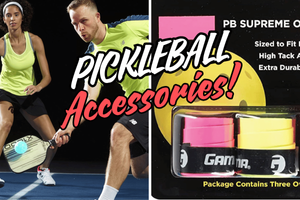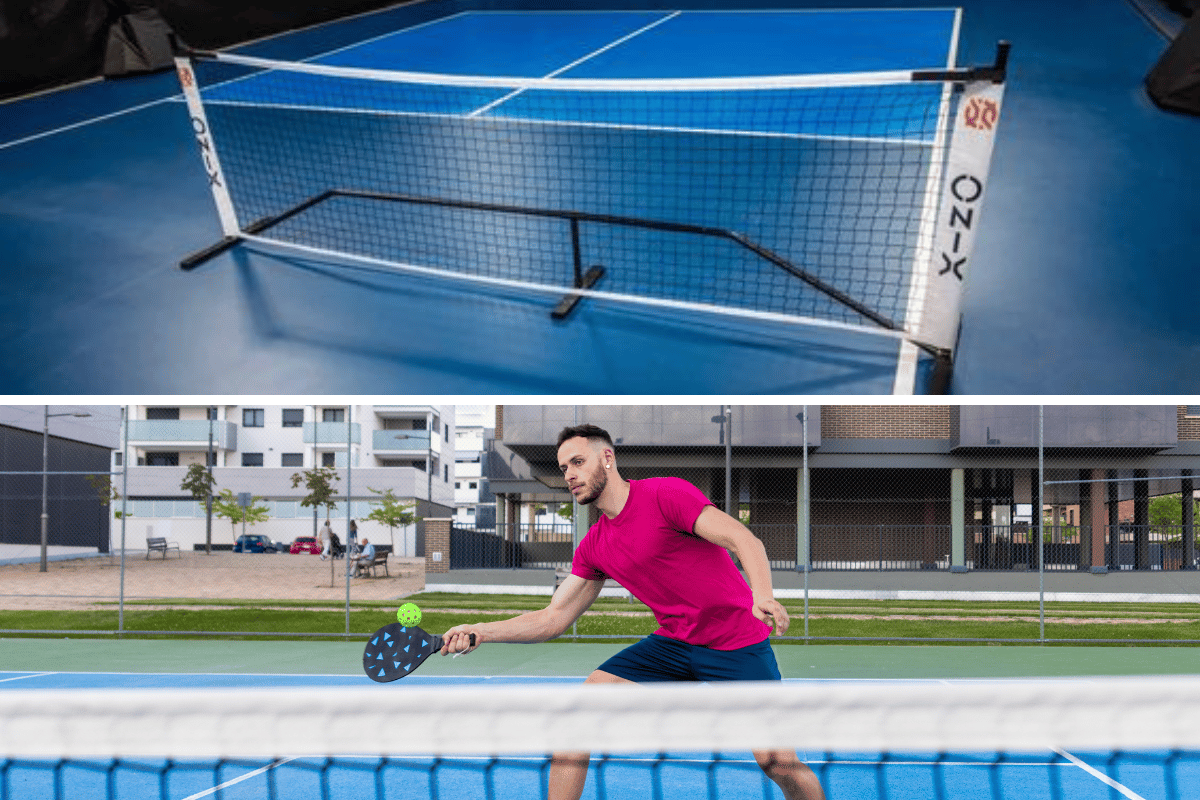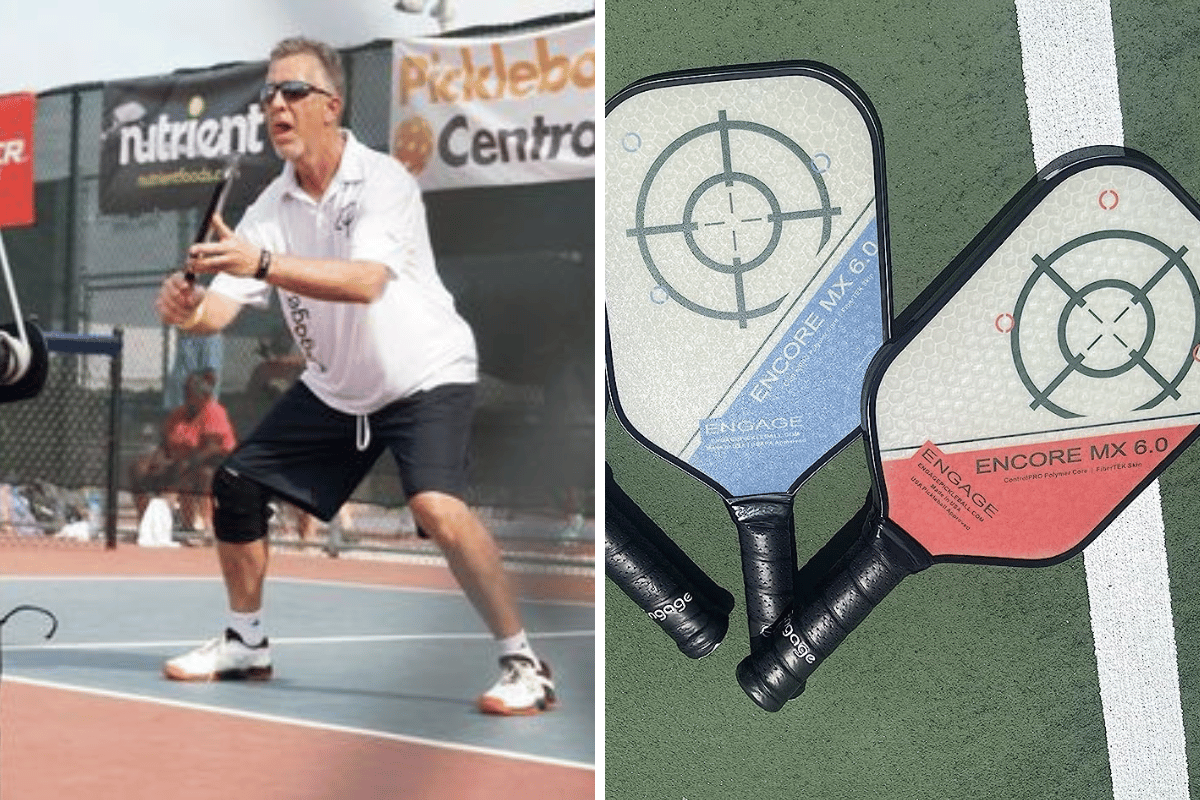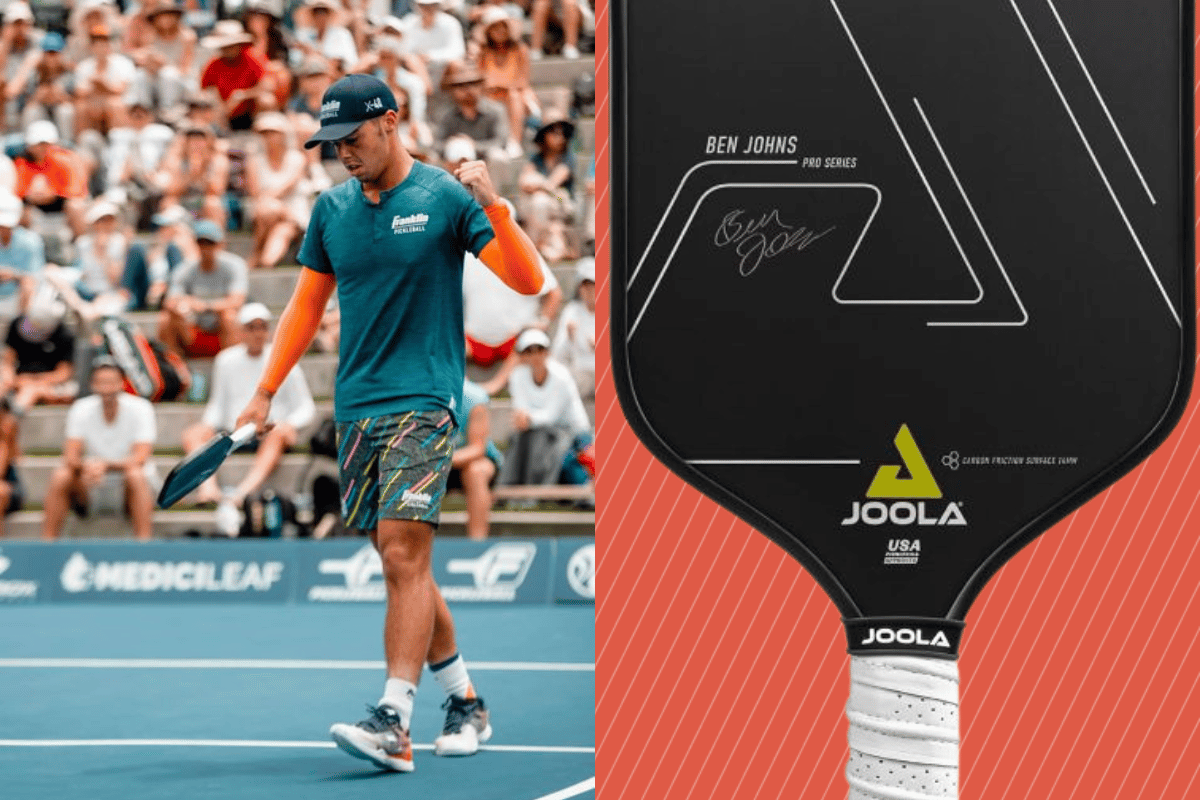Key Takeaways:
- Understanding the official dimensions and markings of a pickleball court is crucial for proper layout.
- Utilizing the right tools and materials can simplify the process of laying out a pickleball court.
- Regular maintenance ensures the longevity and playability of your pickleball court.
Pickleball, a sport that combines elements of tennis, badminton, and table tennis, has surged in popularity in recent years. Whether you're a community center, a school, or a homeowner looking to add a pickleball court to your amenities, knowing how to properly layout a court is essential.
This article will guide you through the process, ensuring that your court meets official standards and provides an excellent playing experience.
Understanding Pickleball Court Dimensions
Before you begin laying out your pickleball court, it's important to understand the official dimensions. A standard pickleball court measures 20 feet in width and 44 feet in length, including lines.
The net height is 36 inches at the sidelines and 34 inches in the middle. Knowing these measurements is the first step in creating a court that is both functional and regulation-compliant.
Choosing the Right Location
Selecting an appropriate location for your pickleball court is just as important as the layout itself. The area should be level and free of obstructions. Additionally, consider the orientation of the court; north-south is preferred to minimize sun glare during play. Once you've found the perfect spot, you can start the actual layout process.
Gathering Your Tools and Materials
To lay out a pickleball court, you'll need a few essential tools: measuring tape, chalk or marking paint, a string line, and perhaps a surveyor's transit for precision. These tools will help you measure and mark the boundaries and lines of the court accurately. Make sure you have all these items on hand before you begin.
Marking the Perimeter
Start by marking the perimeter of the court. Using your measuring tape and marking paint, measure and mark the 20-foot width and 44-foot length of the court. It's crucial to ensure that all corners are square for accurate play. A 90-degree triangle tool or the 3-4-5 method can be used to verify the right angles.
Laying Out the Non-Volley Zone
The non-volley zone, also known as the kitchen, is a critical area in pickleball. It extends 7 feet from the net on both sides and is a space where players are not allowed to volley the ball. Mark this zone clearly on both sides of the net to avoid any confusion during games.
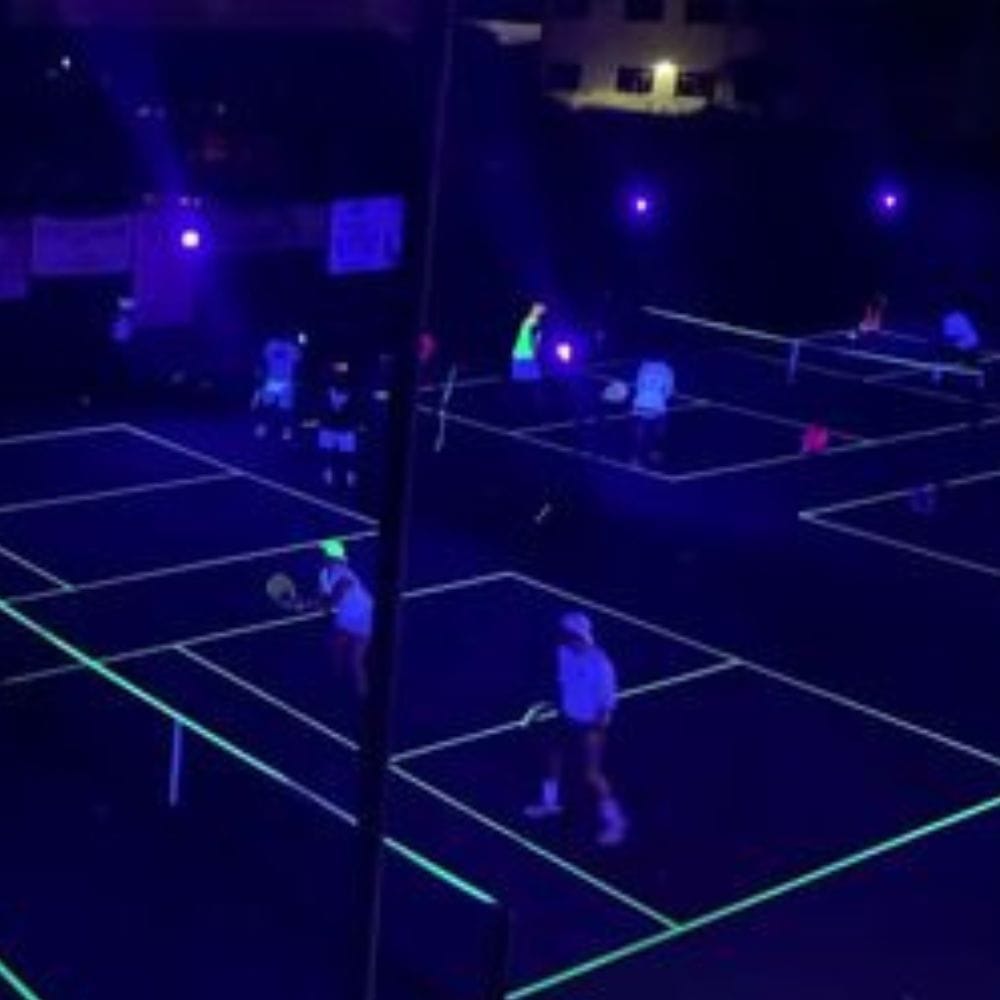
Drawing the Service Courts
Each side of the pickleball court is divided into two equal service courts, each measuring 10 feet by 15 feet. These are the areas where players serve and receive the ball. Use your string line and marking paint to delineate these service courts accurately.
Installing the Net
The net is the central feature of the pickleball court. Ensure that it is placed exactly in the center of the court, extending from one sideline to the other. The net should be taut and at the correct height—36 inches at the sidelines and 34 inches in the middle.
Adding Court Lines
Once the basic layout is complete, it's time to add the lines. These include the baselines, sidelines, non-volley zone lines, and centerlines, which divide the service courts. Use a straight edge or chalk line to ensure these lines are straight and visible.
Final Touches and Accessories
With the court laid out, you can add any final touches, such as a coat of paint or sealant to the lines for durability. Additionally, consider adding accessories like benches, scoreboards, or storage for equipment to enhance the playing experience.
Regular Maintenance
Maintaining your pickleball court is essential for its longevity. Regularly check the net for wear and tear, repaint lines as necessary, and keep the surface clean and free of debris. Proper maintenance will keep your court in top condition for years to come.
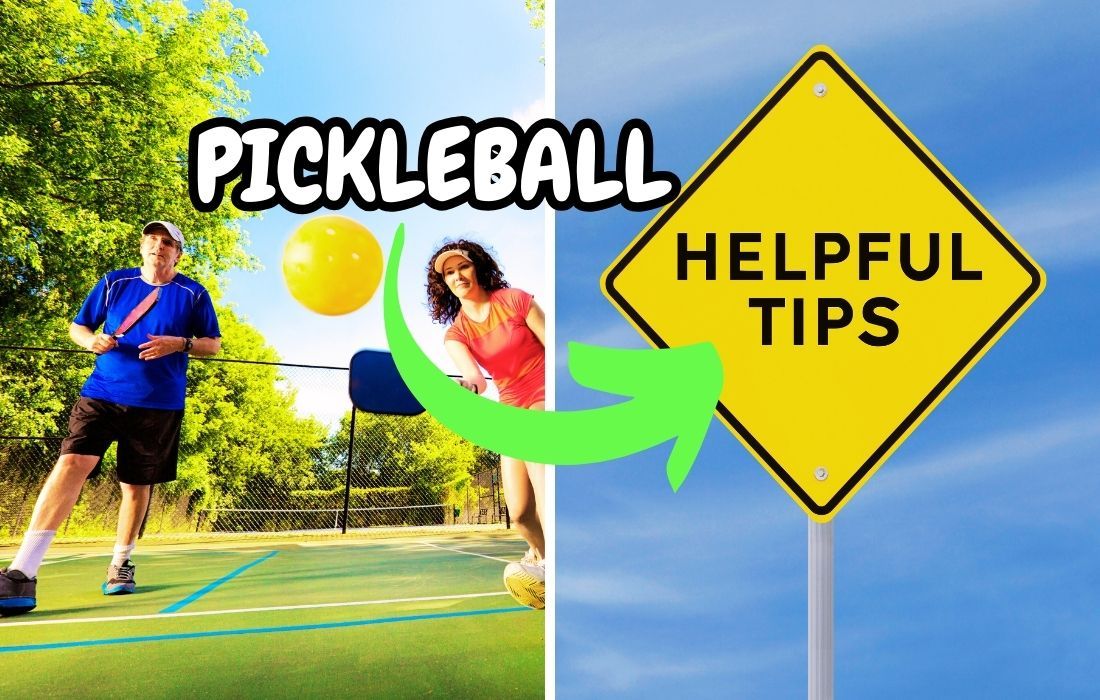

SwagScale Summary
Laying out a pickleball court requires careful planning and attention to detail. By following the official dimensions, using the right tools, and maintaining the court, you can create a space that is enjoyable for players of all levels.
Remember to choose a suitable location, mark the court accurately, and add any desired accessories to complete your pickleball court setup.
Your Pickleball Guru,
Kim
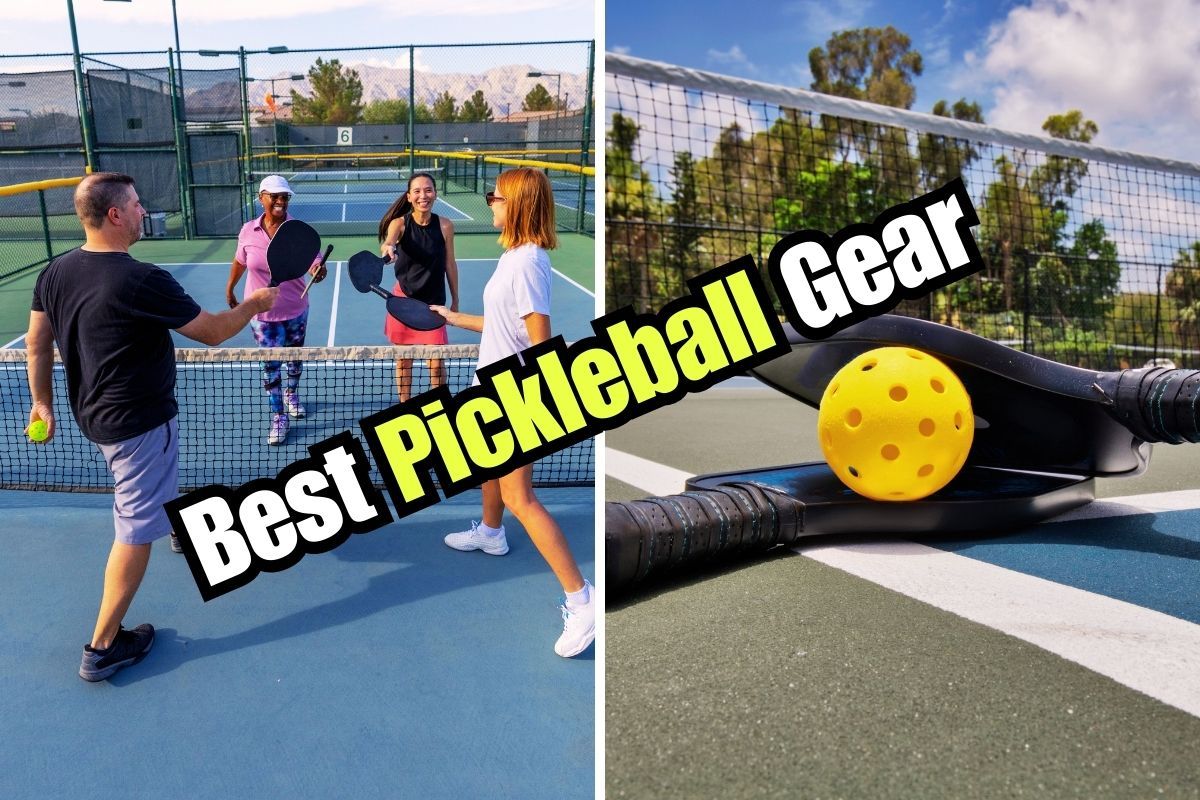
FAQ Section
What are the official dimensions of a pickleball court?
The official dimensions of a pickleball court are 20 feet in width and 44 feet in length, including lines. The net height is 36 inches at the sidelines and 34 inches in the middle.
What is the non-volley zone in pickleball?
The non-volley zone, or the kitchen, is a 7-foot area on both sides of the net where players are not allowed to volley the ball. This zone is critical for the strategic aspect of the game.
How often should I maintain my pickleball court?
Regular maintenance should be performed as needed. Check the net periodically, repaint lines when they start to fade, and keep the court surface clean to ensure optimal playing conditions.




